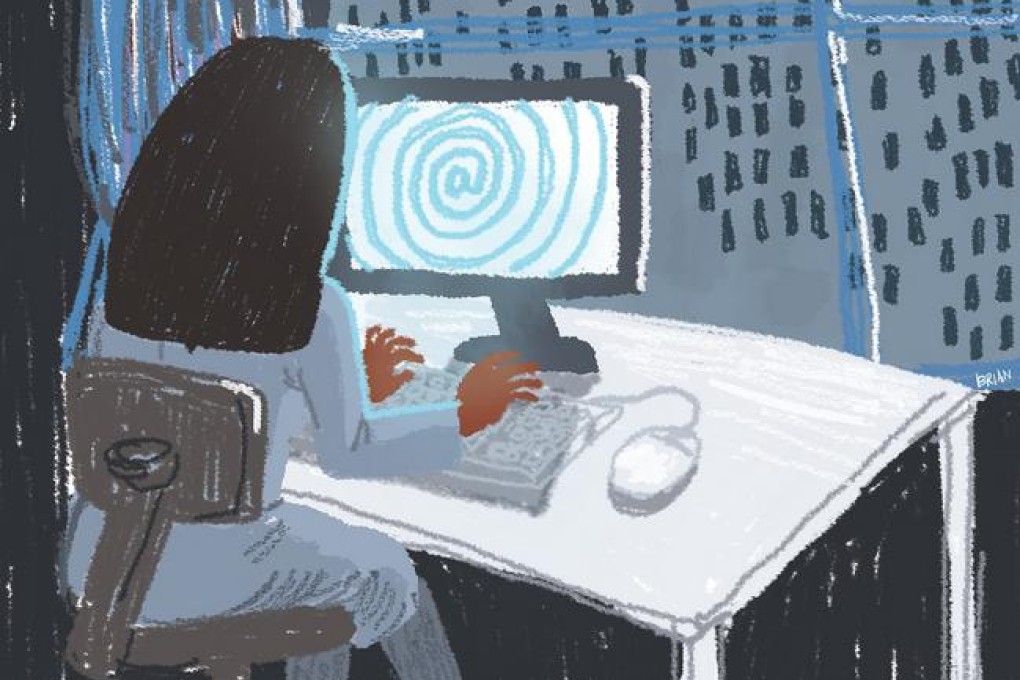Realism loses meaning in age of internet and conspiracy mania
Thomas Pynchon lets his theories about September 11 attacks run riot

Bleeding Edge
by Thomas Pynchon
Penguin
4.5 stars
Thomas Pynchon is, to put it mildly, a hard man to pin down. There is, of course, his admirable refusal to publicise his books. This has inspired odd rumours that he is J.D. Salinger, Salman Rushdie or a literary collective that may or may not include J.D. Salinger and Salman Rushdie. His privacy breaks now and then: he has supported Ian McEwan, praised the rock band Lotion, and appeared in The Simpsons, albeit as a cartoon version of himself wearing a paper bag on his head.
Then there are the novels - sprawling, vivid, swirling, allusive, comic, eclectic and playful works that shift registers from high to low, popular to arcane with the flick of a paragraph. Critic James Wood installed Pynchon's worked-up narratives among his hysterical realists. Others see his slangy, loose, baggy postmodern monsters as precursors to the work of David Foster Wallace and David Mitchell.
Whether Pynchon proves a trial or a delight depends on finding meaning in the chaos
Pynchon's eighth book, Bleeding Edge, has been trailed as his September 11 novel, his attempt to narrate virtual reality, an epic postmodern game of join the dots (or dotcoms) linking venture capitalism, virtual reality and terrorism. The title is a typically punning, multi-faceted reference to cutting-edge technology, the future as vanishing point, and possibly even the moment a plane filled with terrified passengers crashed into a skyscraper.
It is tempting to say Bleeding Edge fits into Pynchon's corpus by refusing to fit right in. It is, in certain respects, his most conventional and realistic novel to date. The parenthetical plot is confusing, dashing down any number of blind alleys on wild-goose chases after red herrings. When our heroine, Maxine Tarnow, exclaims, "Help, too byzantine, make it stop!'" the reader may well sympathise with this cheekily self-referential health warning about a plot that approximates the tribulations of crazy golf in narrative fiction. At the same time, Bleeding Edge is no more eye-straining than Raymond Chandler's The Big Sleep, James Ellroy's labyrinthine "Underworld USA" trilogy or Elmore Leonard's whimsical thrillers.

Pynchon's plot elevates the conspiracy theory to high art: how even the most ineluctable events shimmer under the 21st century's love affair with instant replay and instantaneous re-evaluation. Take that DVD of rocket-launching practice in New York. What exactly does it reveal? Maybe, March suggests: "Somebody planning to shoot down an airplane. Say, somebody in the private sector, working for the current US regime." Maxine responds: "Why would they?" Just when the reader smells some unsettling prophetic irony, March undermines the evidence before their eyes: the images can be tampered with, the date stamp altered. How can we possibly know what to believe in the face of such ambiguity? Pynchon pays the scene off on September 11 when Maxine's underwhelmed reaction - "Uh-oh" - misunderstands the full horror of the terrorist attacks.